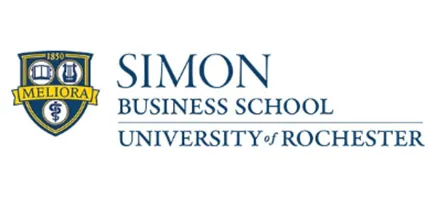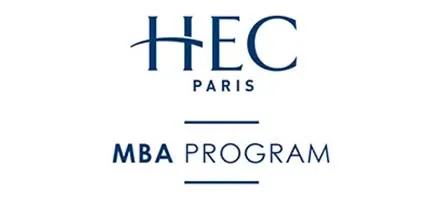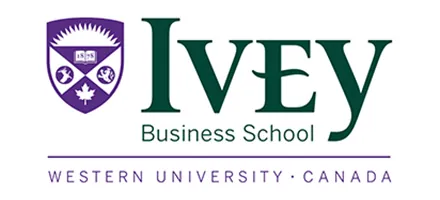After claiming first place for the first time in Poets&Quants‘ annual MBA ranking last year, the University of Pennsylvania’s Wharton School has found itself in a dead tie for top honors with Harvard Business School on this year’s list. Rounding out the top five are No. 3 Stanford Graduate School of Business, No. 4 Chicago Booth, and No. 5 Northwestern University’s Kellogg School of Management.
Among the most notable changes on the 2018 ranking of the best U.S. MBA programs, the University of Michigan’s Ross School of Business moved into the Top Ten, nudging aside Yale University’s School of Management which slipped to 11th place. The biggest single gain in the top 25 programs, however, belongs to the University of Southern California’s Marshall School of Business, which advanced four places to rank 22th. Only two years ago, Marshall had placed 36th.
Unlike other rankings, the ninth annual Poets&Quants list combines the latest five most influential business school rankings in the world: U.S. News & World Report, Forbes, Bloomberg Businessweek, The Financial Times, and The Economist. Instead of merely averaging the five, each ranking is separately weighted to account for our view of their credibility. (U.S. News is given a weight of 35%, Forbes, 25%, while both The Financial Times and Businessweek is given a 15% weight, and The Economist, 10%. See How We Crunched The Data For Our 2018 MBA Ranking).
ONLY ONE OF LAST YEAR’S TOP TEN SCHOOLS FAILED TO MAKE THE TOP TEN THIS YEAR

On P&Q’s lineup of the best U.S. MBA programs, only one of the top ten schools in last year’s ranking failed to make the top ten this year. In fact, just one of Top 25 schools lost its Top 25 status this year: Notre Dame University’s Mendoza College of Business which slipped five places to 29th from 24th a year ago. While there were some changes, they were slight: Ten of the Top 25 schools stayed exactly where they were last year.
Most others moved up or down by one place. Besides the emergence of USC Marshall and the slippage by Mendoza, only two other programs programs showed any consequential movement in the Top 25: Dartmouth College’s Tuck School of Business, stung by a 12 place plunge in Bloomberg Businessweek‘s ranking to rank of 19th, lost two spots in the P&Q composite list to come in ninth, while Indiana University’s Kelley School of Business lost four places to slide to 25th from 21st.
A MORE RELIABLE AND CREDIBLE RANKING FOR APPLICANTS
The upshot: The list is far more stable–and reliable–than most rankings published elsewhere, taking into account a massive wealth of quantitative and qualitative data captured in these major lists, from surveys of corporate recruiters, MBA graduates, deans and faculty publication records to median GPA and GMAT scores of entering students as well as the latest salary and employment statistics of alumni.
What’s more, users can see at one glance where their target schools fall across the spectrum of core rankings. And for the third year in a row , we’re including year-over-year changes in each of the five lists that comprise our overall ranking (see this year’s ranking tables.) As a result, you can more clearly assess why a school moved up or down on the new 2018 list of U.S. MBA programs. A separate ranking for international MBA programs will be published in December.
Consider USC’s improved ranking this year. It occurred because the school’s MBA program did better on three of the five major rankings, moving to 20 from 24th on U.S. News, to 13th from 30th on Businessweek, and to 21st from 28th among the U.S. programs on The Economist list. Marshall maintained its previous Forbes ranking because Forbes publishes updates every other year. The only ranking that showed any slippage for Marshall was The Financial Times where USC fell to 31st from 23rd among U.S. MBA programs.
HOW AN MBA PROGRAM RISES OR FALLS IN THE P&Q RANKING
Bigger swings in the P&Q ranking do occur, of course, and they often impact schools further down the list where the data underlying a numerical rank tends to thin out. That often happens when a school lands on or falls off a consequential ranking. One of the biggest losers this year, for example, was Temple University’s Fox School of Business. Caught cooking the rankings books by U.S. News, the school was tossed off the U.S. News ranking and then lost its rankings from both the Financial Times and The Economist. When Bloomberg Businessweek updated its 2018 list, Temple didn’t make that one, either.
A similar fate impacted the rank of Texas Christian University’s Neeley School of Business. U.S. News yanked the school from this year’s ranking of full-time MBA programs after discovering that the school misreported GMAT data. Neeley originally told U.S. News that the average GMAT school for its latest incoming class of full-time MBAs was 678 when, in fact, it was 38 points lower at 640. The school was proactive in notifying U.S. News shortly after the release of the 2019 ranking in March. Neeley was ranked 54th, a jump of 17 places from 71st a year earlier. The loss of U.S. News imprimatur caused the school to fall 16 spots on the P&Q list to 76th from 60th last year.










